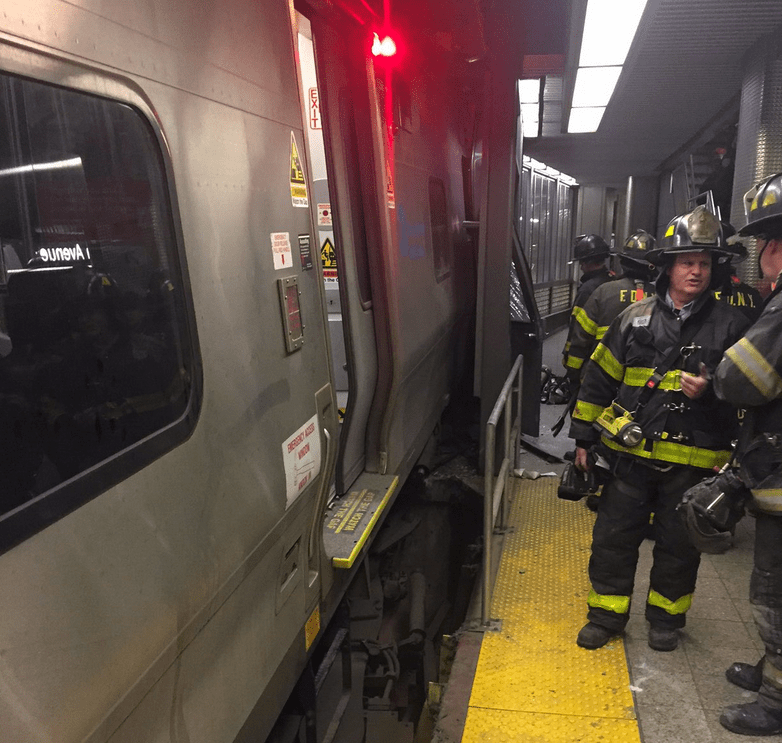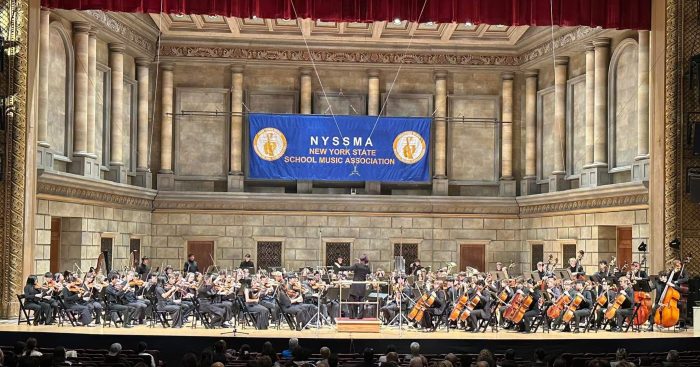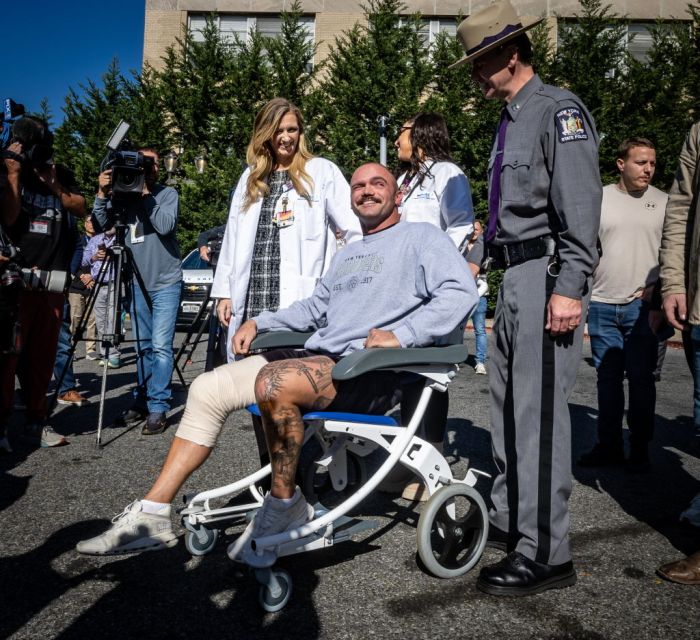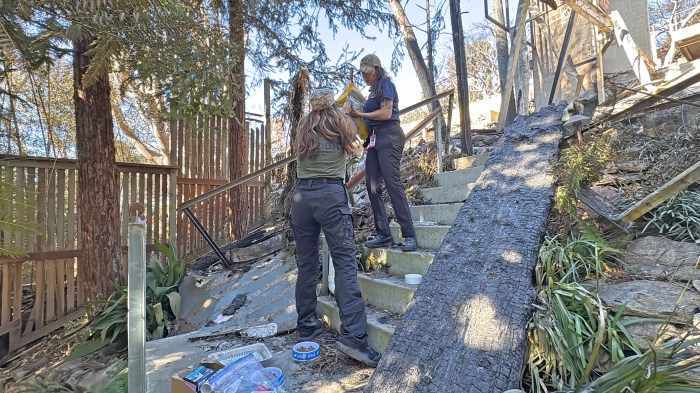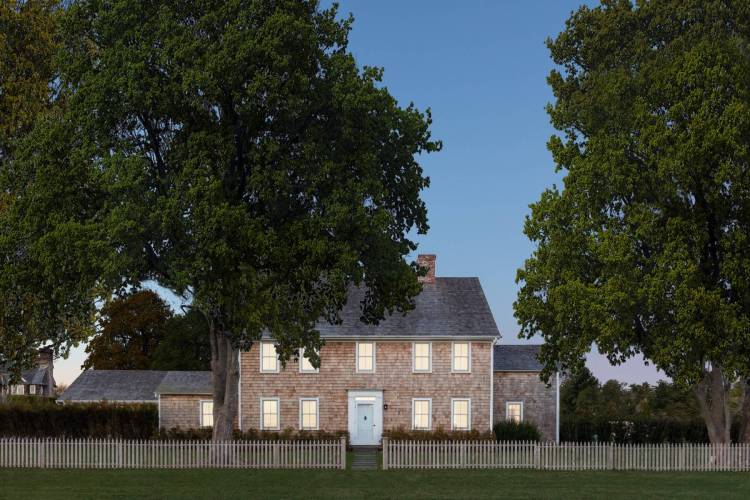The Long Island Rail Road train that partially derailed Wednesday morning in Brooklyn, injuring more than 100 people, was traveling at a higher rate of speed than is permitted before it crashed, federal investigators said.
The LIRR train pulled into Atlantic Terminal exceeding 10 mph, as opposed to the 5 mph speed limit, a National Transportation Safety Board spokesman, Peter Knudson, said.
Additionally, the train’s engineer, who has since been interviewed by investigators, said he only remembers directing the train as it approached Atlantic Terminal but nothing after. Investigators described him as “very cooperative,” Knudson said.
The 50-year-old engineer is an MTA veteran of more than 15 years. He started his career with the agency in 1999 and became an engineer in 2000. The engineer, who the NTSB did not identify, spent the majority of his career working the overnight shift. He began his shift Wednesday “some time after midnight,” Knudson said.
Investigators have not determined a cause of the crash, and the incident is still being scrutinized.
Luckily, no one was killed.
The six-car train, which originated from Far Rockaway and was carrying 430 passengers, was pulling into Atlantic Terminal at approximately 9:15 a.m. Wednesday. While entering the station, the engineer reduced the train’s speed to 15 mph and was traveling more than 10 mph at the time of impact. As a result, the train slammed into a bumper designed to prevent trains from traveling passed a certain point, causing the lead car and at least one axle to derail. The bumper block is able to withstand “low-speed impact” of just several miles per hour, investigators have determined.
As the investigation continues, NTSB will endeavor to reach out to passengers for preliminary interviews. Meanwhile, the NTSB’s mechanics have concluded an exam of the train’s exterior, which allowed the MTA to begin removing the damaged train from the terminals. As of Thursday, four of its six cars had been removed.
Officials said 103 passengers suffered mostly minor injuries.
Gov. Andrew Cuomo, who was at the scene shortly after the crash, said it was difficult to account for all the injured because many passengers did not wait around to seek medical attention.
Cuomo said the investigation would focus on why the train failed to come to a complete stop as it entered the terminal.
Additionally, officials said the train’s engineer, conductor and brakeman would all be interviewed.
This was the second serious crash involving a LIRR train in nearly three months. In October, an eastbound LIRR train collided with a work train, injuring 29 people. No one was killed in that incident, either.



